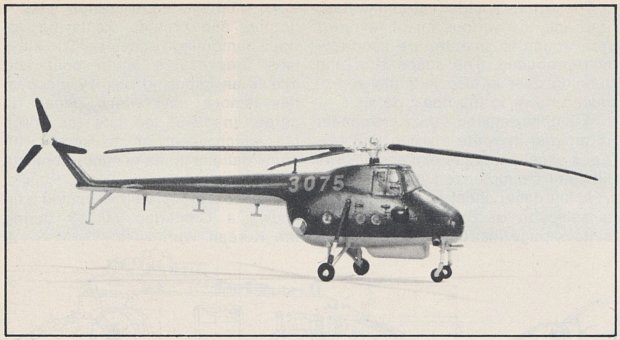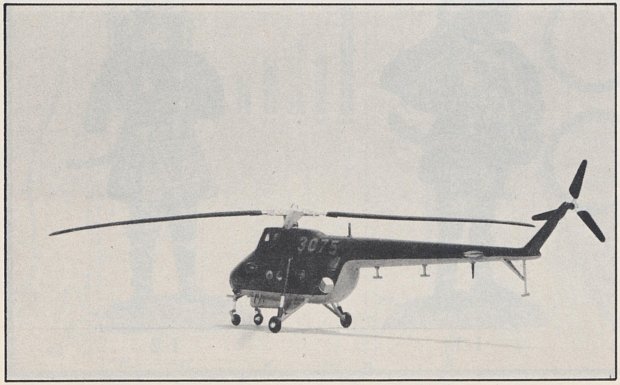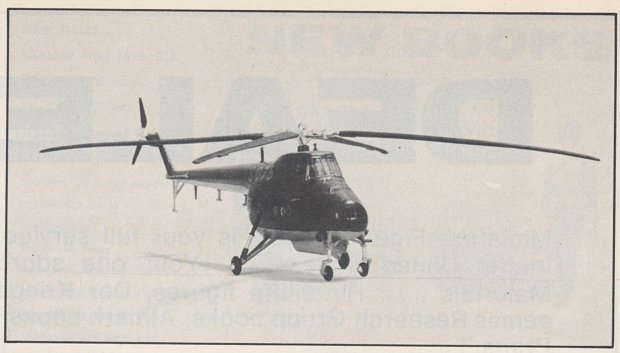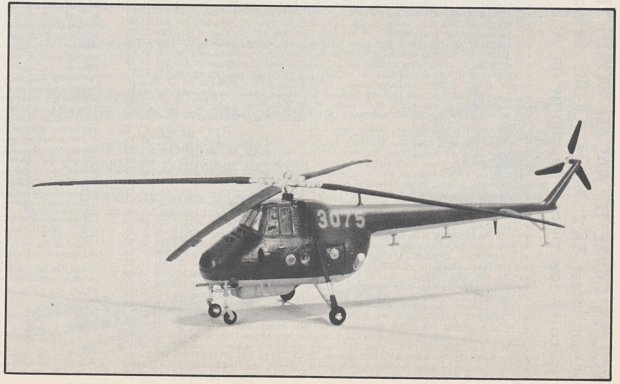
F a m i l i e
W I M M E R
U N S E R B U N T E S L E B E NSCALE MODELER
Volume 8, Number 8, AUGUST, 1973
2 pages, page 53 and 54
Published by
CHALLENGE PUBLICATIONS; INC.
MI-4
| Anfang 2009 bekam ich von meinem Hobbyfreund Don aus USA zwei Ausgaben der Zeitschrift SCALE MODELER von 1973. In diesen Ausgaben sind Artikel über KVZ/Plasticart Bausätze. Da wir diese Artikel für alle KVZ/Plasticart begeisterten für interessant halten, haben wir uns bei CHALLENGE PUBLICATIONS; INC., um die Erlaubnis zur Veröffentlichung bemüht. Im Juli 2009 bekam ich nun vom Verlag die Erlaubnis, diese auf unserer HP zu veröffentlichen. Wir bedanken uns dafür ganz herzlich beim Verleger Edwin A. Schnepf. | ||
| Besuchen Sie auch die HP von CHALLENGE PUBLICATIONS, INC.. Auch wenn es die Zeitschrift SCALE MODELER nicht mehr gibt, so werden nach wie vor sehr interessante Zeitschriften herausgegeben. | ||
| Wenn Ihnen weitere KVZ/Plasticart betreffende Artikel bekannt sind, würden wir uns über eine Nachricht sehr freuen. wimmerrichard@hotmail.com | ||
| Visit also the CHALLENGE PUBLICATIONS; INC. website. | ||
 |
| WITH THE INCREASED INTEREST BEING SHOWN IN HELICOPTERS OF THE WORLD, THIS RELEASE FROM BEHIND THE IRON CURTAIN REPRESENTING A FORMIDABLE SOVIET WEAPON, FURTHER ENHANCES THOSE MODELS ALREADY AVAILABLE ON THE MARKET BY JORDAN ROSS |
 |
| Hohe Auflösung / High resolution |
| In the ever-growing series of models reaching the American market
from the Czechoslovakian based
“Modellbaukasten”, the Mi-4 Russian
Helicopter is one of the most recently released. Code name “Hound”
by N.A.T.O. forces, the Mi-4 was
first flown in 1952, and in appearance
closely resembles the Sikorsky S-55. The Mi-4 was placed in service with the Soviet Air Force in 1953, and in this same year it was seen at the Tushino Aviation Day show. lt is one of the most widely built Russian helicopters with production ending in 1964. |
 |
| Hohe Auflösung / High resolution |
| The helicopter was built both in
the Soviet Union and Red China. Designed basically as a troop and assault helicopter for the Soviet Armed Forces, the Hound also appeared in
a civilian version. The military variant may be identified by the circular
cabin windows and the ventral fairing which could be used for Observation duties. The Mi-4 military variant could carry fourteen fully equipped troops, a command vehicle, or anti-tank gun. lt is presently in use with the military forces of the Soviet Bloc and India and Cuba. All versions of the Mi-4 may be fitted with pontoons and in recent years machines have been used with much success in the Polar regions for ice patrol service and geological surveying. |
 |
| Hohe Auflösung / High resolution |
| The Mi-4 is molded in 1/100th
scale. The kit features 41 parts and
unfortunately has a great degree of
flash. Careful trimming and sanding will be required, but the result
is rewarding. Clear parts for the portholes and windscreen are a little on the heavy siele, but feature a good fit. These could easily be replaced with vacuformed parts. All parts were first washed with lukewarm soapy water, a definite must as most paints will not adhere to the plastic surfaces because of the impurities present. The nose area of the model must be weighted for the model to rest properly on the tricycle gear. |
| 52 scale modeler |
 |
| Hohe Auflösung / High resolution |
| After the fuselage halves were cemented together, all seams were
filled and gently sanded. Prior to
painting, all clear areas were covered
with Micro-Mask. Some care must
be taken when attaching the landing
gear, particularly when aligning the
four wheels. lt will be necessary to
spend a little time getting all four
wheels properly aligned so that the
helicopter will sit on a level keel. As an added modification, the exhaust stacks were replaced with typewriter paper wrapped around a toothpick, glued with white glue, and placed into position and painted Floquil Rust. |
 |
| Hohe Auflösung / High resolution |
| The model depicts a military Mi-4 in use with the Czechoslovakian Air Force in 1956. lt was painted with Pactra Artillery Olive on topsides and Pactra Flat Battleship Grey on undersides. The division line between two colors was accomplished by masking off with a thin strip of transparent tape. Using a thin strip will help in the tricky contours such as the curve from the bottom of the fuselage up to and along the lower portion of the boom. |
| Before applying the decals, a light coat of Micro-Gloss was sprayed on the areas where the decals were to be positioned. After the decals were set in place, the entire model was given a coat of Final Finish semimatte. The tail and main rotor blades were painted Imrie-Risley Black with rotor hubs painted Testor’s Silver. |
 |
| Hohe Auflösung / High resolution |
| Wheels were painted Imrie-Risley Black with silver hubs. Landing gear also was painted silver. The front grill and vents were picked out with a wash of flat black. The windshield braces were hand painted with Imrie- Risley Flat Black. |
| The kit decals provide Russian and
East German markings, the insignia
used on the model shown here were
from the Avia B/534 kit. The aircraft
numbers may be hand painted or
taken from the scrap box. Interior
was painted light grey. These Modellbaukasten kits are available from W.R.W. Imports, and will lend an air of the unusual to any model collection. |
| scale modeler 53 |
zur Home Page zur Hobby Auswahl zur Modell Auswahl zur Artikelübersicht
![]()
with permission from CHALLENGE PUBLICATIONS, INC..
Diese Seite wurde am 2. Januar 2010 erstellt
und am 7. Januar 2010 zuletzt bearbeitet.